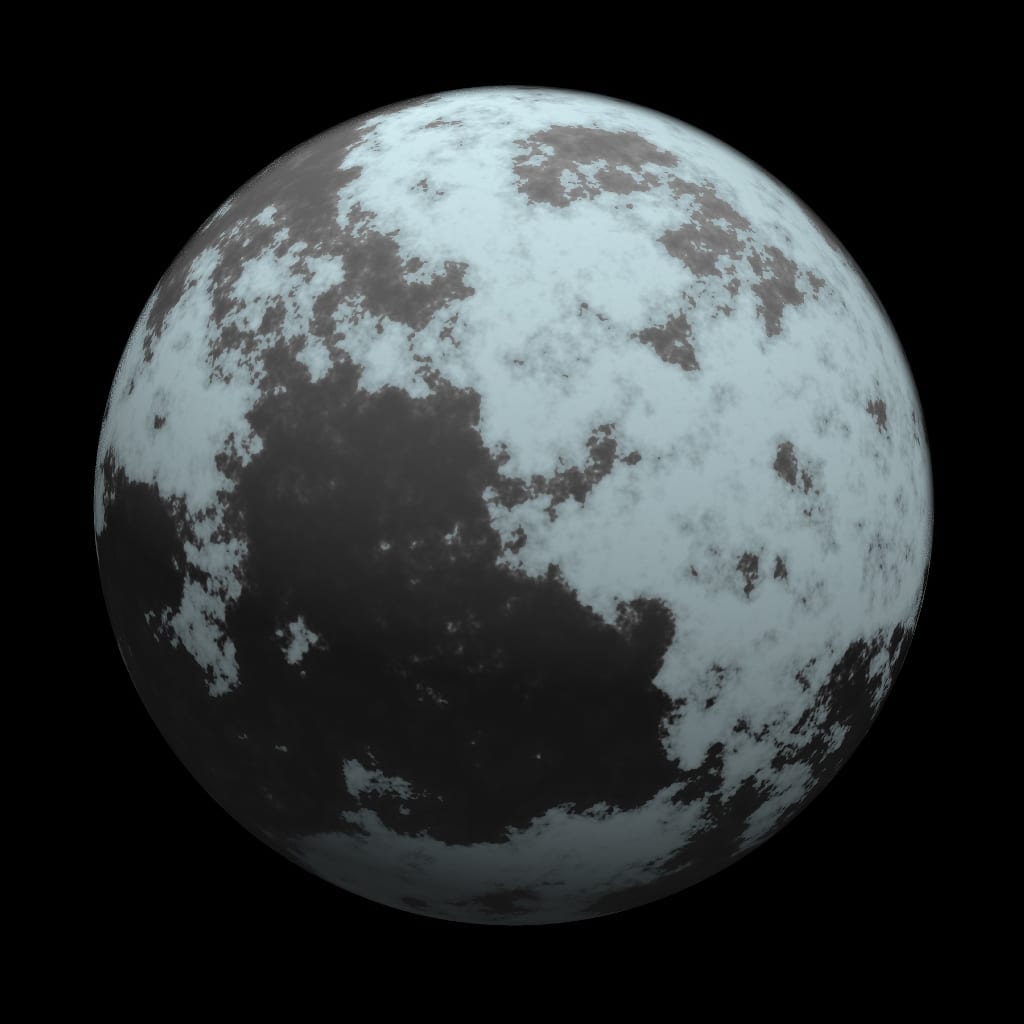Chinese Rover Finds New Type of Basaltic Rock on Moon
The Yutu rover, part of China’s Chang’e-3 unmanned lunar mission has found a new type of basalt rock in one of the dark basins of the moon that is unlike anything previously recovered by the United States or Soviet Union. The findings, reported in Nature Communications, indicate “late volcanism on the Moon.”
“We recognize a new tye of lunar basalt with a distinctive chemical properties and mineral assemblage compared with the samples from Apollo and Luna, and the lunar meteorites,” lead author Zongcheng Ling, a planetary scientist at Shandong University in China told the LA Times via email. “These newly characterized basalts reveal a more diverse moon than the one that emerged from studies following the Apollo and Luna missions.” According to NASA lunar geologist Noah Petro believes these rocks offer insight “into parts of the moon’s past that are hidden from sight,” also according to the Times.
The chemical composition of basalt is approximately 41% silicon dioxide, 23% iron oxide, 12% calcium oxide, 5% titanium dioxide, and 10% alumina. According to IFLScience, by lunar standards the silicon oxide is low and the iron oxide is high, but it’s the amount of titanium dioxide that is the most interesting. This “suggests that the Moon’s interior was not homogenized,” according to Professor Bradley L. Jolliff of Washington University in St. Louis. This could imply that there were big impacts during the magma ocean stage. IFLScience author Stephen Luntz writes that this discovery offers “a window into the latter stages of a satellite becoming geologically, as well as biologically, dead.”














